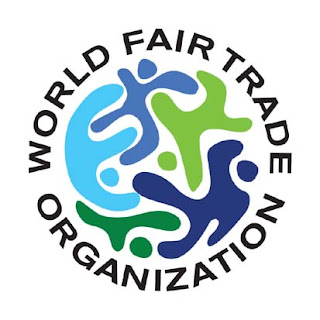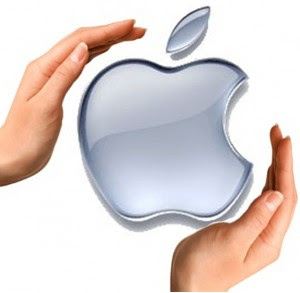
Perfect competition and monopoly are two extremes of market structure. They are polar opposites. Both of them cannot be found in the real world. So many differences can be found
Between then is that a firm gets equilibrium when MR equals Mc is both the markets. The competition between these markets has been presented below.
• Numbers of sellers. There are number of sellers in perfect competition. Each firm produces a small part of the total industry output.Hence; an individual firm cannot influence the price. In fact, an individual firm is only a price-taker, not the price-maker. On the other hand, there is only one firm or seller in monopoly. He has full control over the supply of the commodity he produces.
• Difference between firm and industry: There is large number of sellers or producer firms in perfect competition.So; there is destination between firm and industry. A group of firms producing homogeneous goods is called an industry. The cross elasticity between the products of the firms is infinite. The average revenue curve of the firm and industry is also different. But since there is only one seller in monopoly, there is no difference between a firm and an industry. The monopolist produces and sells the good which has no close substitutes. In monopoly, the cross elasticity between the product of the monopolist and other producers is very small if not zero. The average revenue curve of both firm and industry is same.
• Price and marginal cost :In perfect competition, the equilibrium price to marginal cost.Because,in perfect competition, the AR curve is a horizontal straight line and the MR curve coincides with AR curve, or average revenue equal marginal revenue.Hence,at the point of equilibrium not only the MR and MC are equal but also MC is equal to AR or price. On the other hand, in perfect competition, the price is higher then marginal cost. Since in monopoly, the AR curve is downward sloping the MR curve lies below the AR curve.Hence, at point equilibrium, the price is higher than marginal cost. In perfect competition, price = MR =MC whereas in monopoly p > MC.
• Rising marginal cost: In perfect competition, for equilibrium it is required that the MR should be equal to MC and MC curve must cut the MR curve from below. For the second condition of equilibrium to be fulfilled, the MC curve must be rising at the point of equilibrium.Since, the MC curve is a horizontal straight line perfect competition, and the MC curve can cut the MR curve from below only. When MC curve is rising. But although both the condition has to be fulfilled in monopoly equilibrium, the firm can get equilibrium also in the situation when MC is raising constant and Falling. The second condition of equilibrium can be fulfilled even if the MC curve is rising. Constant and falling.Because, the MR curve is downward sloping in monopoly.Hence, the MC curve can cut the MR curve from below when the MC curve is rising, constant and falling.
• Position of average cost: In perfect competition, a firm gets equilibrium in the long run at the lowest point of long run average cost curve. In other worlds, the firm is of optimum size in the long run.Because, since MR and AR remain constant, it is profitable to increase the output till AC is falling.Hence; in the long run equilibrium, the marginal revenue or price is equal to both marginal cost and the minimum average cost. This situation does not exist in monopoly. In monopoly the firm gets equilibrium when average cost is decreasing or before reaching the minimum point.Because, it is not profitable to expand the output unto the minimum point of average cost.Usually, the MC curve cuts the MR curve when the AC is falling.
• Position of profit: In perfect competition, the firms may earn abnormal profit in the short run but not in the long run.Because, if the firms earn abnormal profit, the new firms enter into the industry. The abnormal profit is competed away and the firms earn only normal profit. But in monopoly, the firms are able to earn abnormal profit even in the long run. Because there is a strong barrier to the entry of new firm.Nevertheless, the monopolist may also incur loss in the short period due to low demand or high cost.
• Price and output position: In perfect competition, the price is lower and the output is higher.Because, since the demand is perfectly, it is profitable to sale more at lower price. On the contrary, in monopoly, the price is higher and the output is lower. In monopoly, the demand is
inelastic.Hence, the monopolist charges high price and produces and sells lower quantity.
• Price discrimination: It is not possible different prices to different customers in perfect competition.Because, the demand curve is perfectly elastic in the existing price and the buyers have complete knowledge about the existing price.Hence, if a seller raises price, he will have to lose the customers. But the monopolist may discriminate the price in different markets having different elasticities.Because since there is no close substitute of the product produced by the monopolist; he has full control over the supply of the product. The demand for his products is less elastic.
































